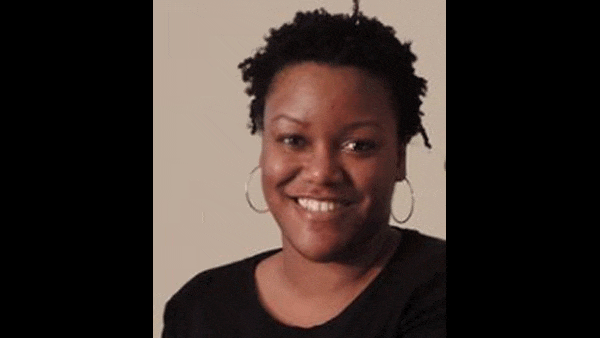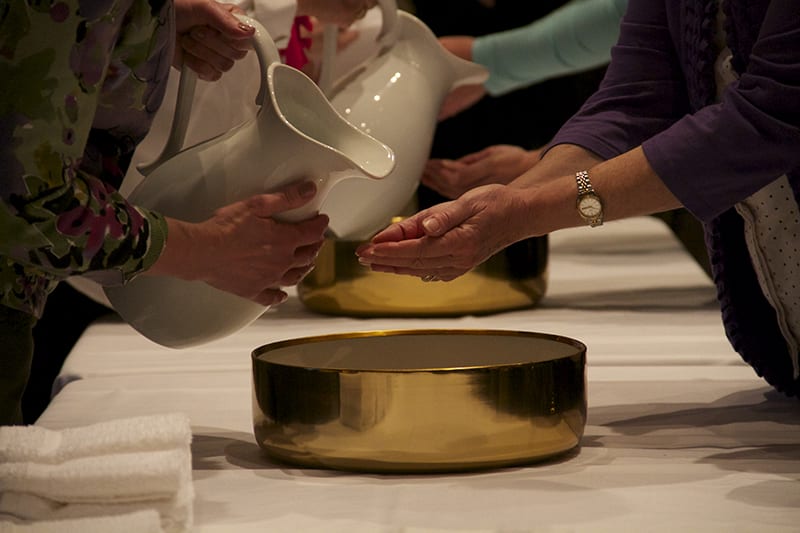So – no snow accumulation this week. I am officially allowed to wear white shoes (though I rarely choose to do so). And I took my kids to the beach over the weekend and they got tan instead of chapped. I think summer is actually coming and that makes me think of music.
Here’s my play list for spiritual summer songs. Let me know what some of your recs are.
1) “Saturday In The Park” by Chicago (Chicago V) – A cheesy song, but I LOVE the city of Chicago’s parks and street fairs. Spirits can shine during a Chicago summer, especially when it has seemed so far out of reach. “I’ve been waiting such a long time…”
2) “Upside Down” by Jack Johnson (Curious George Soundtrack) – Curious George’s joy of exploring everything. Johsons’s beachy-surfy-sitting-round-a-campfire-with-friends mellow vibe. Simple joy. “Who’s to say what’s impossible….I’ll share this love I find with everyone.”
[youtube https://www.youtube.com/watch?v=dqUdI4AIDF0&w=420&h=315]
3) “I Don’t Care” by Icona Pop (This Is… Icona Pop) – Summer just makes me want to just chuck things, and so does this song. Pretend the dysfunctional relationship sung about is something from which you need to be spiritually liberated – could be people pleasing, a bad habit, denying yourself sleep or fun with others. You choose. (Listener discretion advised for some salty lyrics) “I got this feeling on a summer day…”
[youtube https://www.youtube.com/watch?v=UxxajLWwzqY&w=560&h=315]
4) “Happy” by Pharrell Williams (Despicable Me 2 Soundtrack) – OK OK. Overdone? But PERFECT for summer and I dare you not to have your spirits lifted with this one! Suitable for car, home, beach and dance floor. “Clap along if you feel like that’s what you wanna do”
[youtube https://www.youtube.com/watch?v=y6Sxv-sUYtM&w=560&h=315]
5) “Summer’s Evening” by Gillian Welsh (Going Driftless: An Artist’s Tribute to Greg Brown) – Midwestern songwriter Brown reminds us of life’s simple, earthy pleasures like lightning bugs, family, and the magic of a summer night when your cares drift away and anything is possible. Includes some yodelingesque stylings by Welch! “And you get the feeling things’ll be alright, on a summer evening before the dark of night.”
[youtube https://www.youtube.com/watch?v=WWsh-SLfbts&w=420&h=315]
Katie Brick is Director of the Office of f Religious Diversity with DePaul University Ministry. Leave your ideas for summer songs in the Reply box below.










